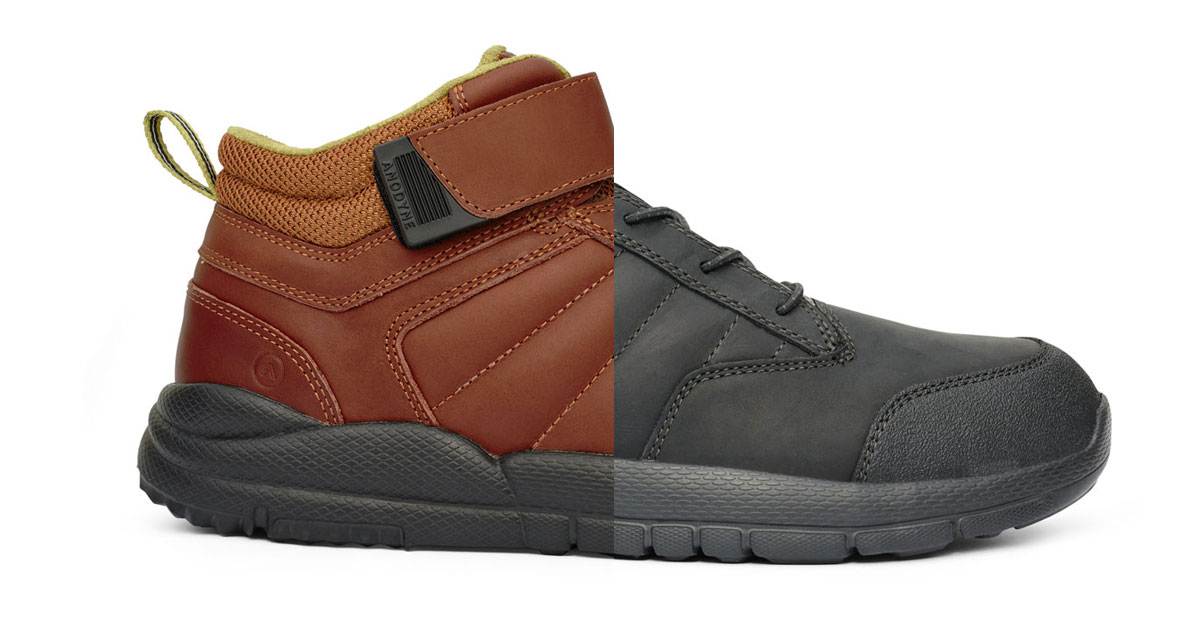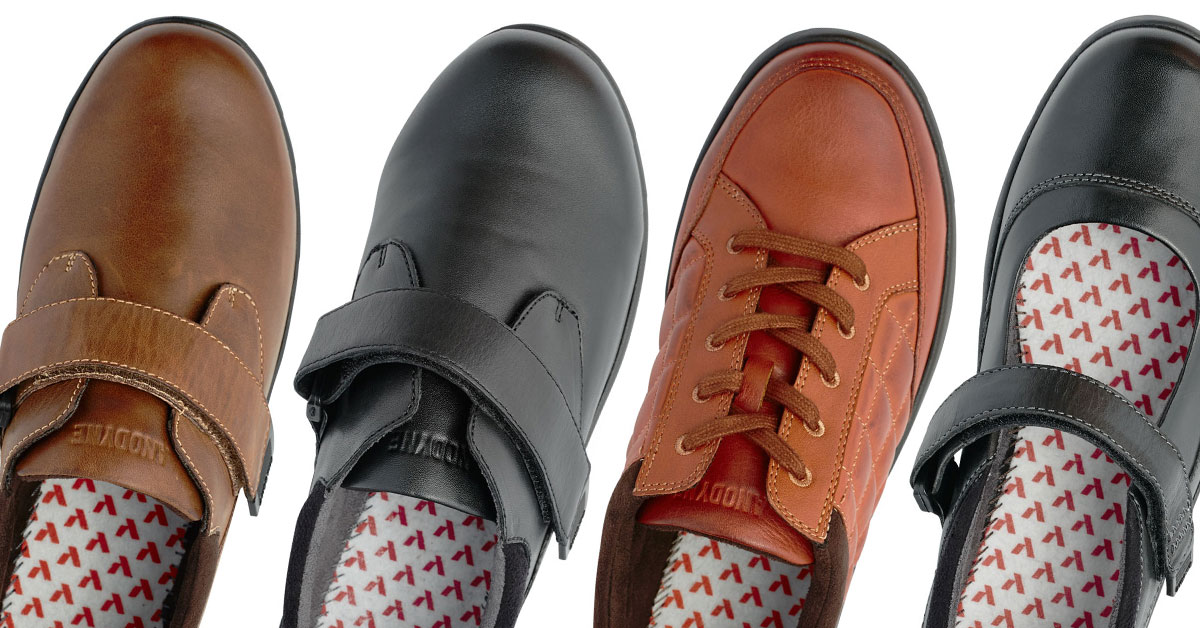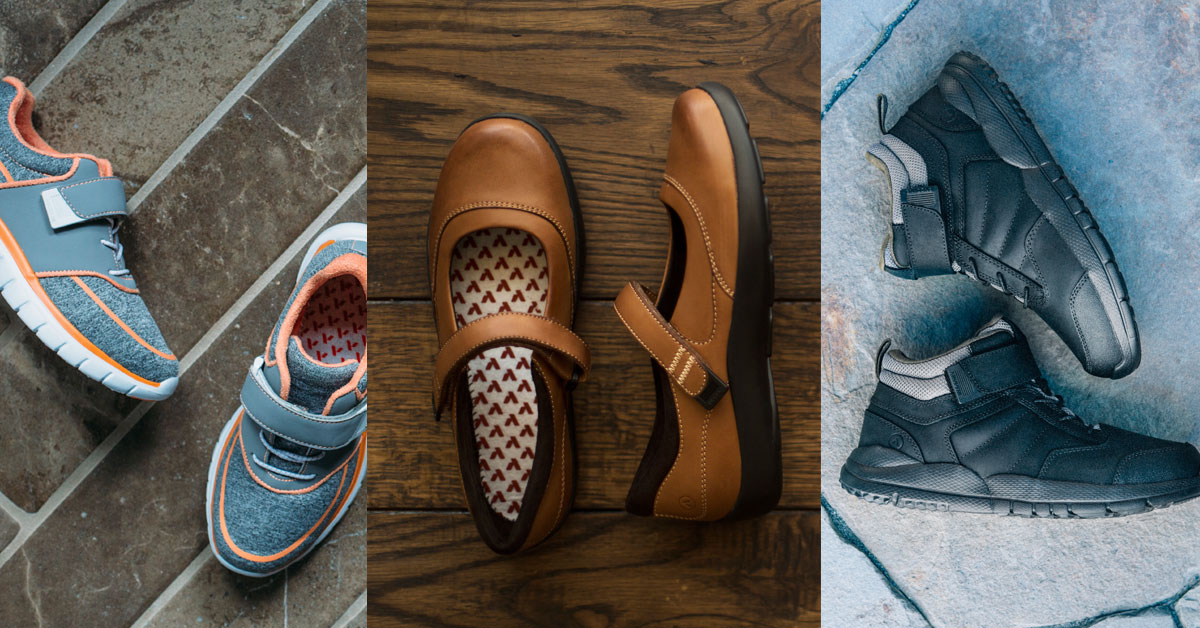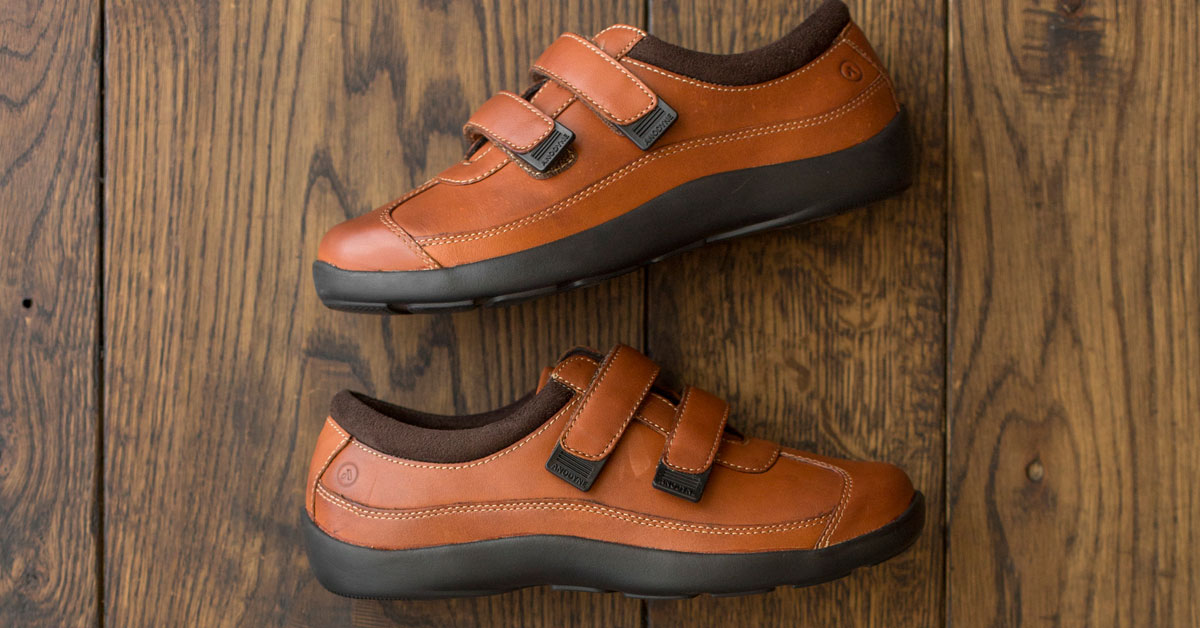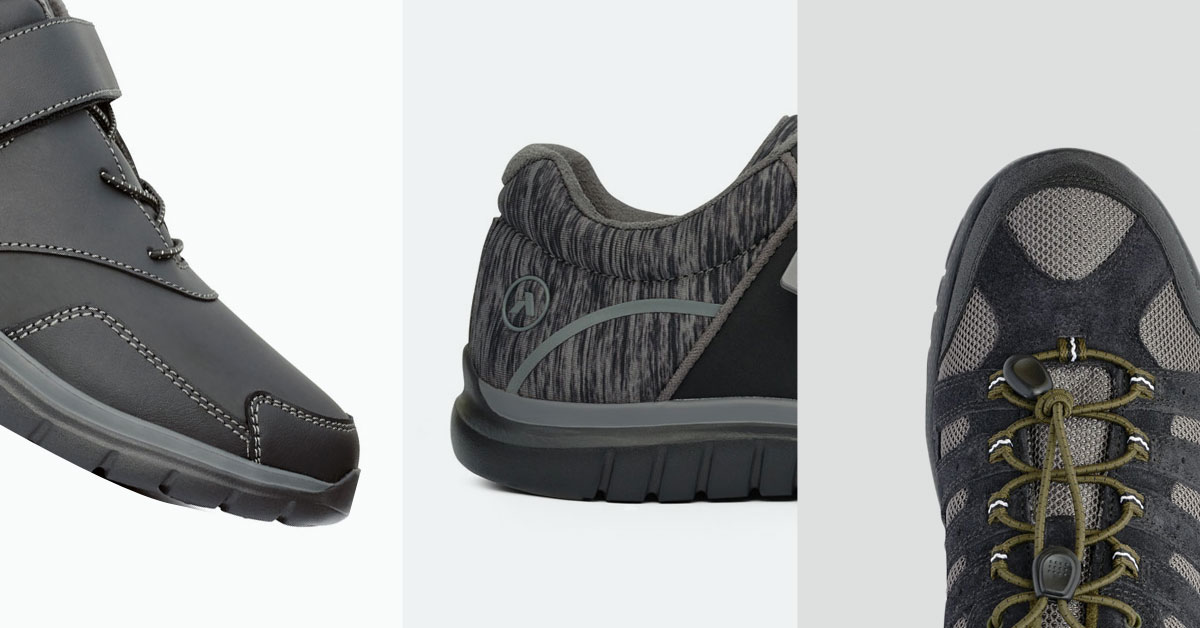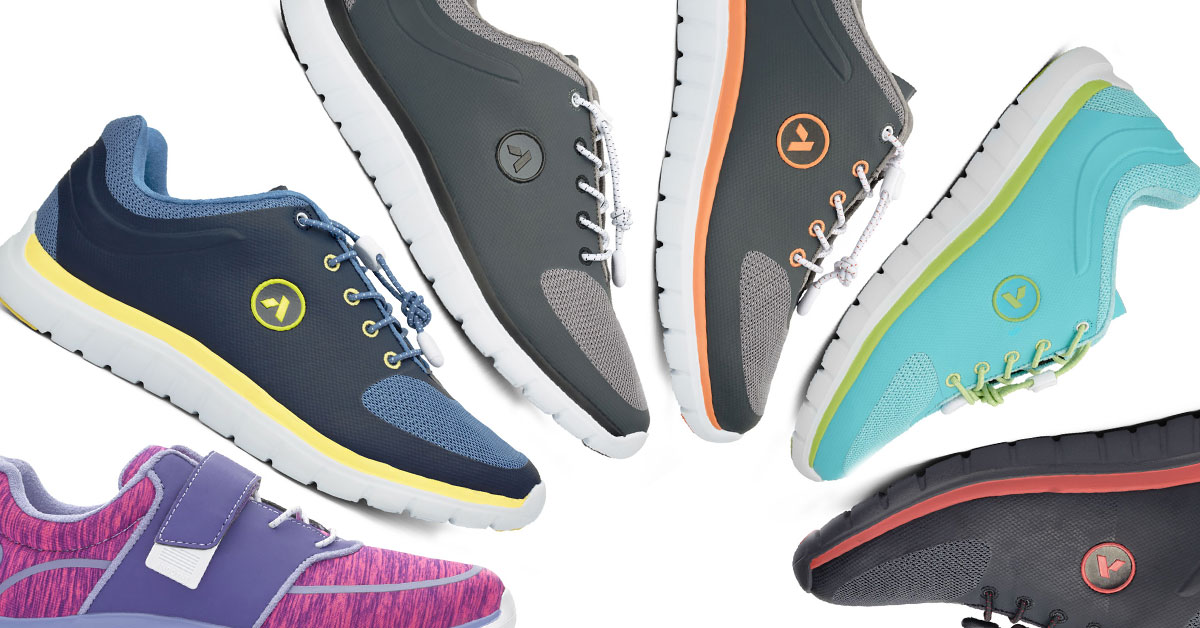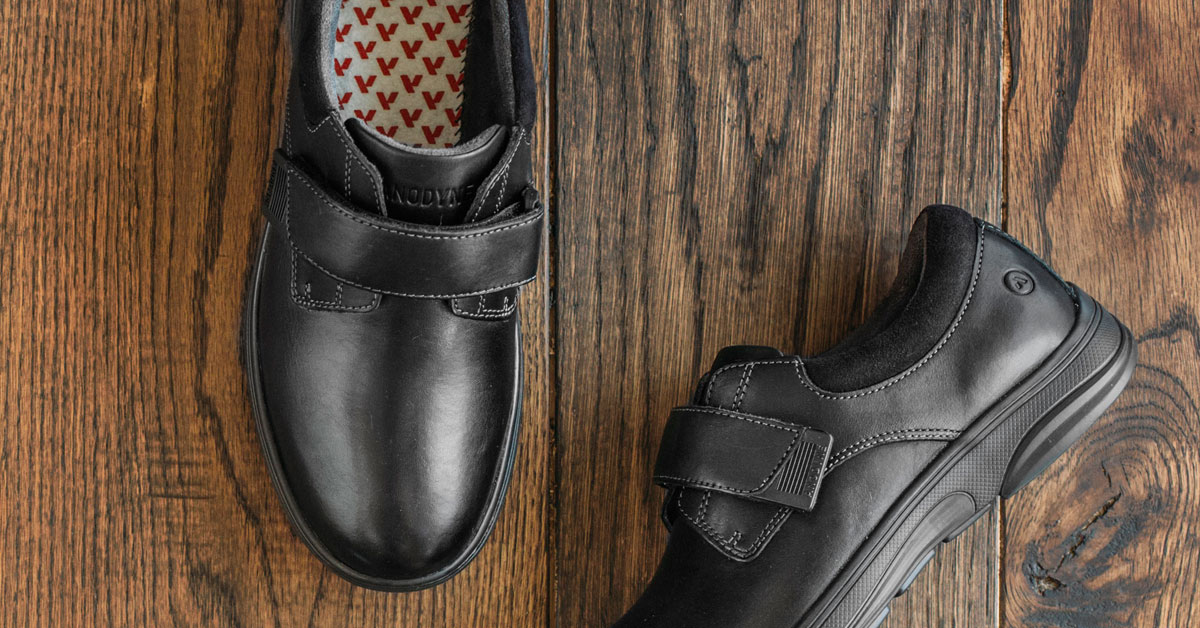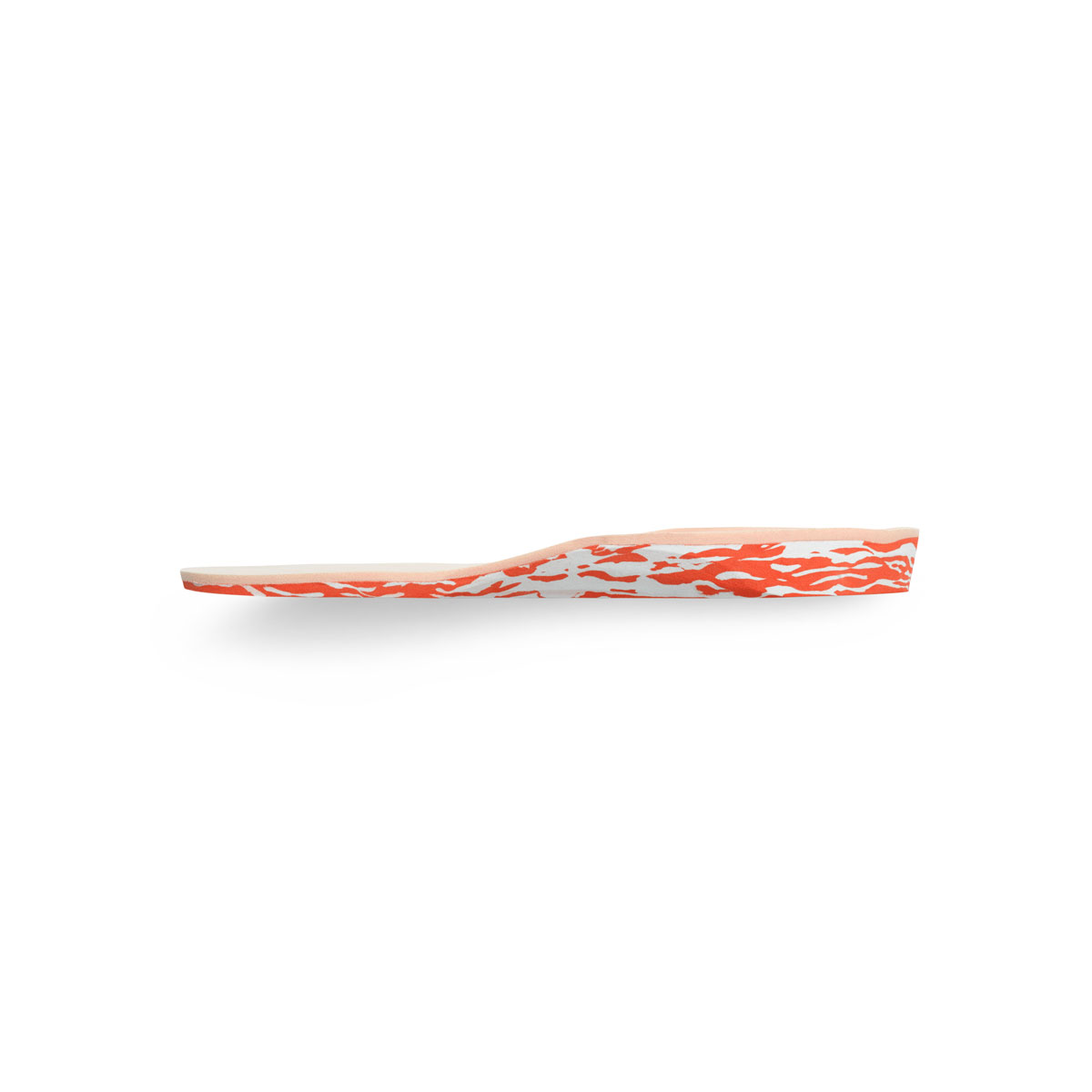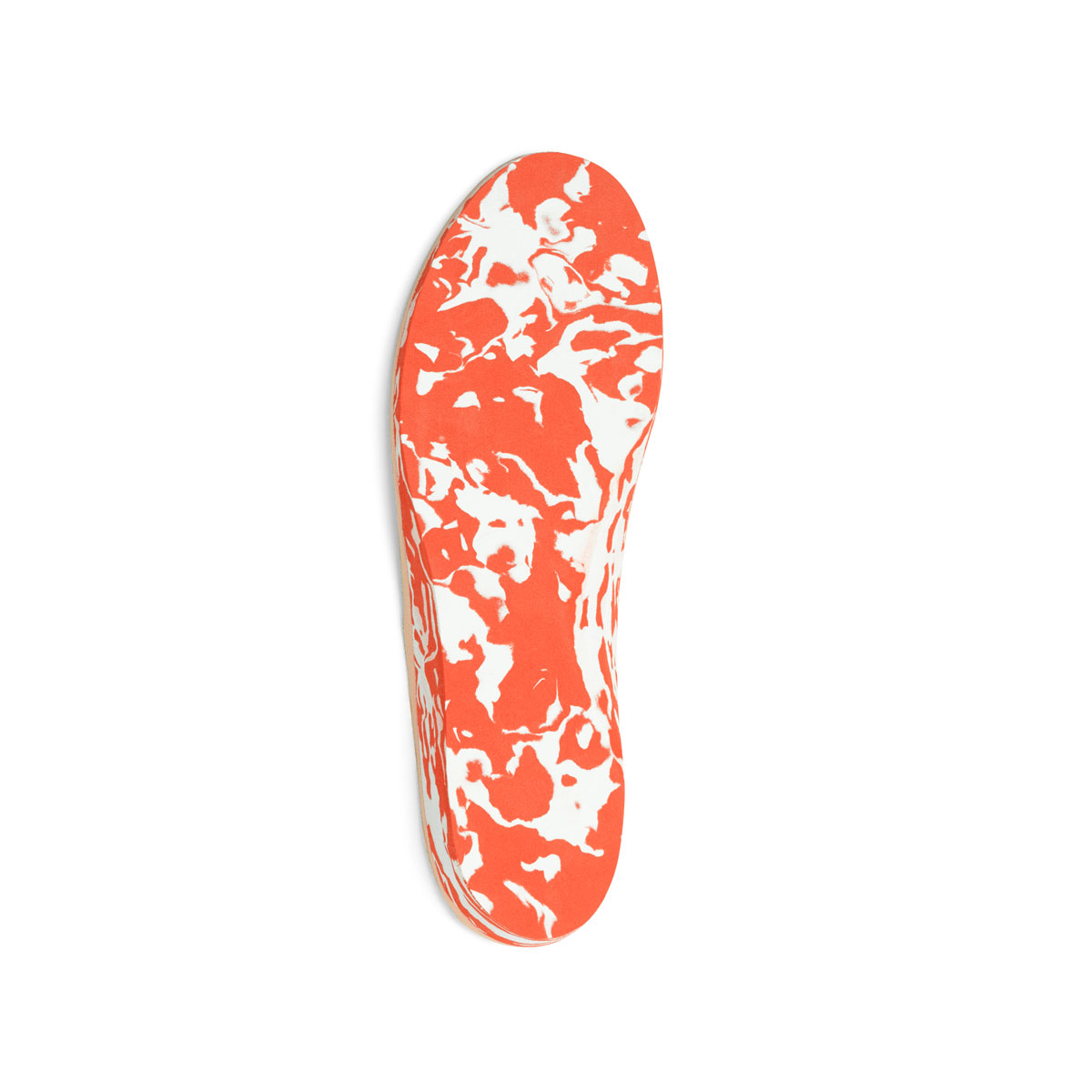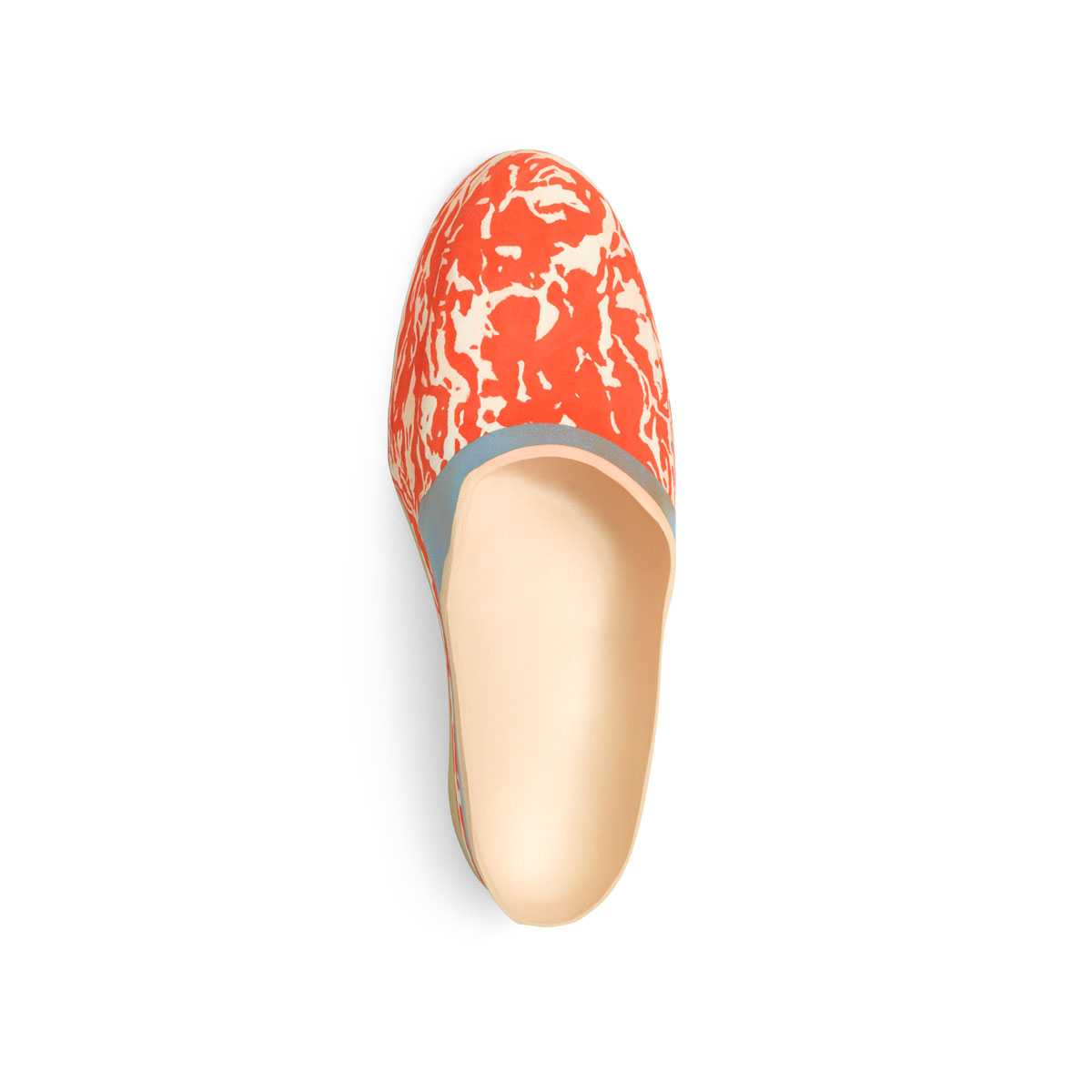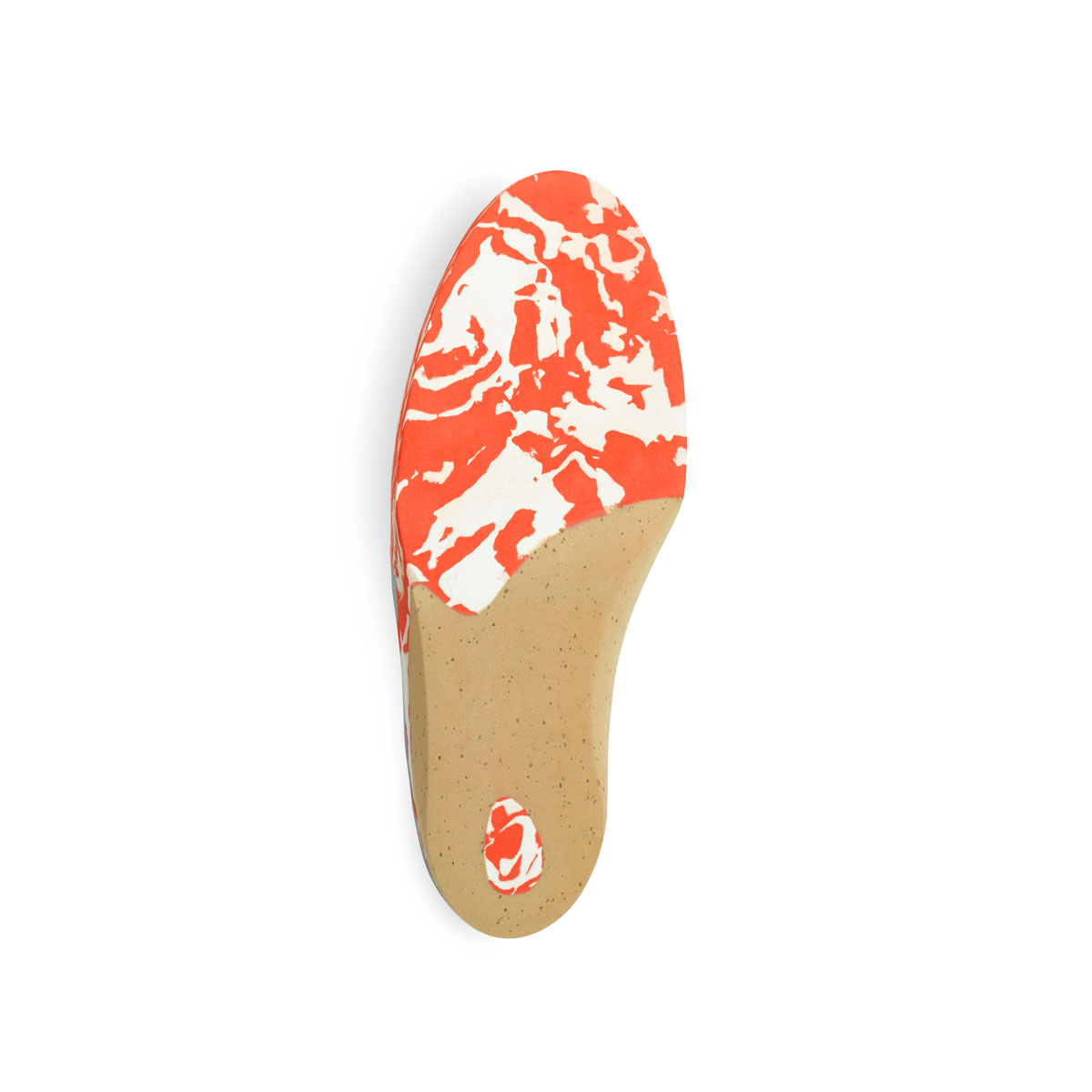Medicare Requirements
As of December 2014, the American Diabetes Association reported that roughly 30 million Americans suffer from diabetes. 60 to 70% of people with diabetes suffer from neuropathy, characterized as nerve damage and loss of sensation resulting in a loss of feeling. Unfortunately, diabetics with neuropathy of the feet are significantly more susceptible to skin changes, infections, calluses and ulcerations.
In order to circumvent these ailments and the potential of a lower limb amputation, Medicare statues were amended to cover certain therapeutic shoes, inserts and possible modifications for those patients that qualify based on their stated requirements. As opposed to traditional shoes, diabetic footwear is designed to prevent shearing, establish total contact with the bottom of the foot and maintain a greater depth.
Under the following conditions, Medicare covers diabetic shoes, inserts and/or modifications. These requirements are included within the Statement of Certifying Physician (SCP) letter which must be completed by a patient’s physician (either M.D. or D.O.) when submitting for fulfillment of a patient’s order.
- Patient has been diagnosed with diabetes and has one or more of the following (in one or both feet):
- Partial or complete amputation(s) of foot or part of one’s foot
- A history of foot ulceration
- Pre-ulcerative callus formation
- Peripheral neuropathy with sign of callus formation
- Poor circulation
- Foot deformity
- Patient is being treated by the physician under a comprehensive plan for his/her diabetes. The patient must have visited with his/her Primary Care Physician within 6 months and the SCP must have been signed within 3 months of order fulfillment.
- Patient needs therapeutic shoes and/or inserts due to his or her diabetes.
Foot Care
Inspect your feet every day, and seek care early if you do get a foot injury. Make sure your health care provider checks your feet at least once a year - more often if you have foot problems. Your health care provider should also give you a list and explain the do's and don'ts of foot care. Most people can prevent any serious foot problem by following some simple steps. So let's begin taking care of your feet today.
Prevention
Your health care provider should perform a complete foot exam at least annually - more often if you have foot problems. Remember to take off your socks and shoes while you wait for your physical examination. Call or see your health care provider if you have cuts or breaks in the skin, or have an ingrown nail. Also, tell your health care provider if your foot changes color, shape, or just feels different (for example, becomes less sensitive or hurts). If you have corns or calluses, your health care provider can trim them for you. Your health care provider can also trim your toenails if you cannot do so safely. Because people with diabetes are more prone to foot problems, a foot care specialist may be on your health care team.
Caring for you feet
There are many things you can do to keep your feet healthy.
- Take care of your diabetes. Work with your health care team to keep your blood glucosethe main sugar found in the blood and the body's main source of energy. Also called blood sugar.X in your target rangeThe range in which you and your healthcare team have decided would be best to keep your blood glucose. This range may be different for everyone.X.
- Check your feet every day. Look at your bare feet for red spots, cuts, swelling, and blisters. If you cannot see the bottoms of your feet, use a mirror or ask someone for help.
- Be more active. Plan your physical activity program with your health team.
- Ask your doctor about Medicare coverage for special shoes.
- Wash your feet every day. Dry them carefully, especially between the toes.
- Keep your skin soft and smooth. Rub a thin coat of skin lotion over the tops and bottoms of your feet, but not between your toes.
- If you can see and reach your toenails, trim them when needed. Trim your toenails straight across and file the edges with an emery board or nail file.
- Wear shoes and socks at all times. Never walk barefoot. Wear comfortable shoes that fit well and protect your feet. Check inside your shoes before wearing them. Make sure the lining is smooth and there are no objects inside.
- Protect your feet from hot and cold. Wear shoes at the beach or on hot pavement. Don't put your feet into hot water. Test water before putting your feet in it just as you would before bathing a baby. Never use hot water bottles, heating pads, or electric blankets. You can burn your feet without realizing it.
- Keep the blood flowing to your feet. Put your feet up when sitting. Wiggle your toes and move your ankles up and down for 5 minutes, two (2) or three (3) times a day. Don't cross your legs for long periods of time. Don't smoke.
- Get started now. Begin taking good care of your feet today. Set a time every day to check your feet.

